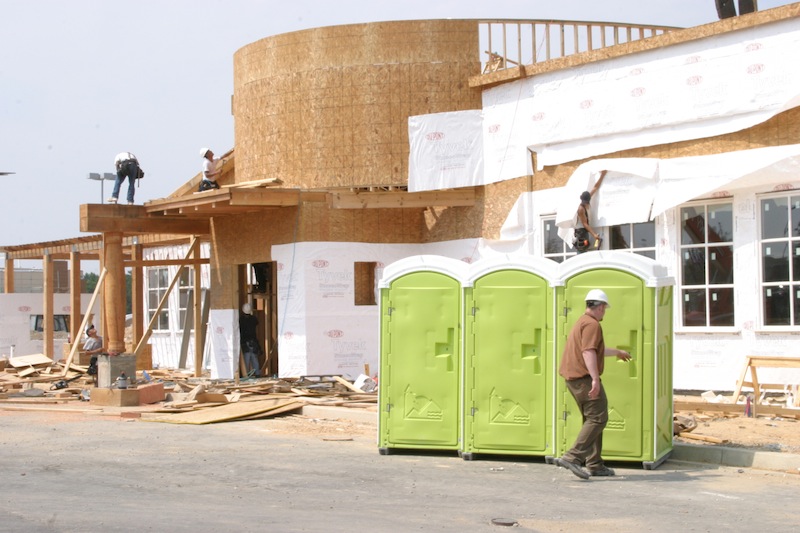We use cookies to help you navigate efficiently and perform certain functions. You will find detailed information about all cookies under each consent category below.
The cookies that are categorized as "Necessary" are stored on your browser as they are essential for enabling the basic functionalities of the site. ...
Necessary cookies are required to enable the basic features of this site, such as providing secure log-in or adjusting your consent preferences. These cookies do not store any personally identifiable data.
Functional cookies help perform certain functionalities like sharing the content of the website on social media platforms, collecting feedback, and other third-party features.
Analytical cookies are used to understand how visitors interact with the website. These cookies help provide information on metrics such as the number of visitors, bounce rate, traffic source, etc.
Performance cookies are used to understand and analyze the key performance indexes of the website which helps in delivering a better user experience for the visitors.
Advertisement cookies are used to provide visitors with customized advertisements based on the pages you visited previously and to analyze the effectiveness of the ad campaigns.


As a homeowner or business owner, you're sure to purchase insurance covering a fire, flood or some other natural disaster that could damage your property. But while many people rest comfortably knowing that their home is covered in the event of an emergency, there is a bevy of other logistics that need to be considered if a catastrophe were to happen.
For instance, can you remain in the home or do you have to look for temporary lodging while restoration takes place? If you can remain in the home, which areas are accessible and which aren't? Will you even have running water in the home?
The disaster restoration industry has advanced to a point where water extraction and drying from weather damage can be accomplished in a matter of days. And while house fire restoration can be a bit more extensive, in either scenario it will take time before a home and its occupants' lifestyle is back to normal after an emergency.
When disaster strikes, it's easy to take even the most seemingly simple things for granted. Things like bathrooms. In most homes, a bathroom isn't just a place for people to do their business, but a place to get ready in the morning, shower, even relax in the bath after a long day. And in the event of a home disaster, these comfort zones can be temporarily taken away.
Luckily, there's an easy solution to this dilemma: a portable restroom. While porta potties and portable restrooms may be most synonymous with the likes of construction sites and outdoor events, they can also come in extremely handy when you're left high and dry. (They're also convenient for the restoration crews that will be repairing your home in the days following the disaster.)
The features of a portable restroom demonstrate why they can be a great asset to a home or business that's on the mend:
 Variety: If you're looking for a place to just go to the bathroom, a standard porta potty should suffice. But there's more than just small porta potties that are offered by gotügo. Restroom trailers can also be ordered, which offer more space, lighting and creature comforts.
Variety: If you're looking for a place to just go to the bathroom, a standard porta potty should suffice. But there's more than just small porta potties that are offered by gotügo. Restroom trailers can also be ordered, which offer more space, lighting and creature comforts.Simply put, when disaster strikes you'll have more important things to worry about than where you're going to go to the bathroom. Ordering porta potties or portable restrooms is easy, convenient and affordable. It's one less thing to have to worry about, allowing you to focus on more important things, like getting your home or business back in order.

Stop settling for standard units that create bottlenecks, waste worker time, and risk compliance violations. Transform your site efficiency with strategically placed and maintained premium facilities to drive productivity.
Our team works directly with project managers to optimize every aspect of your restroom service—from initial placement through project completion.